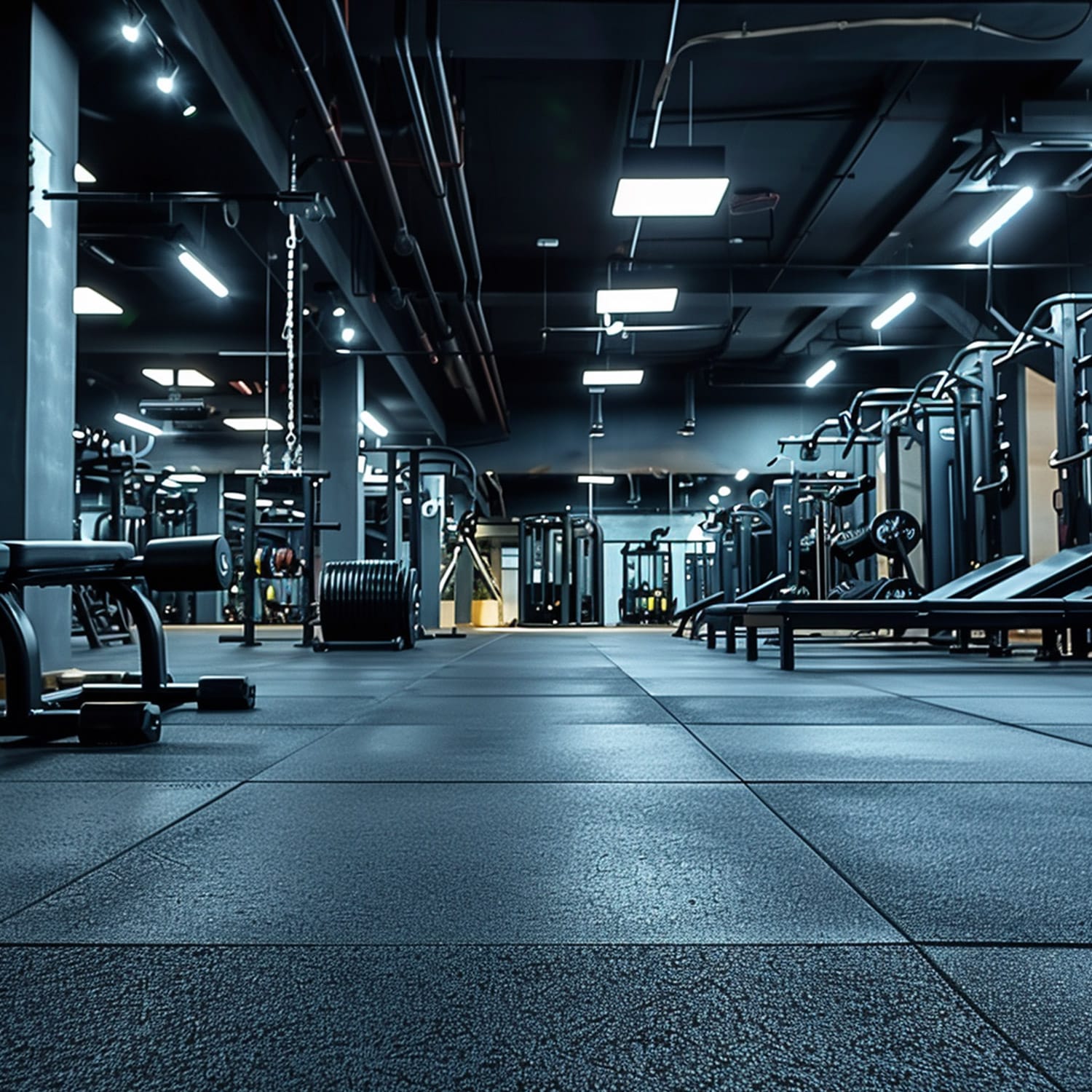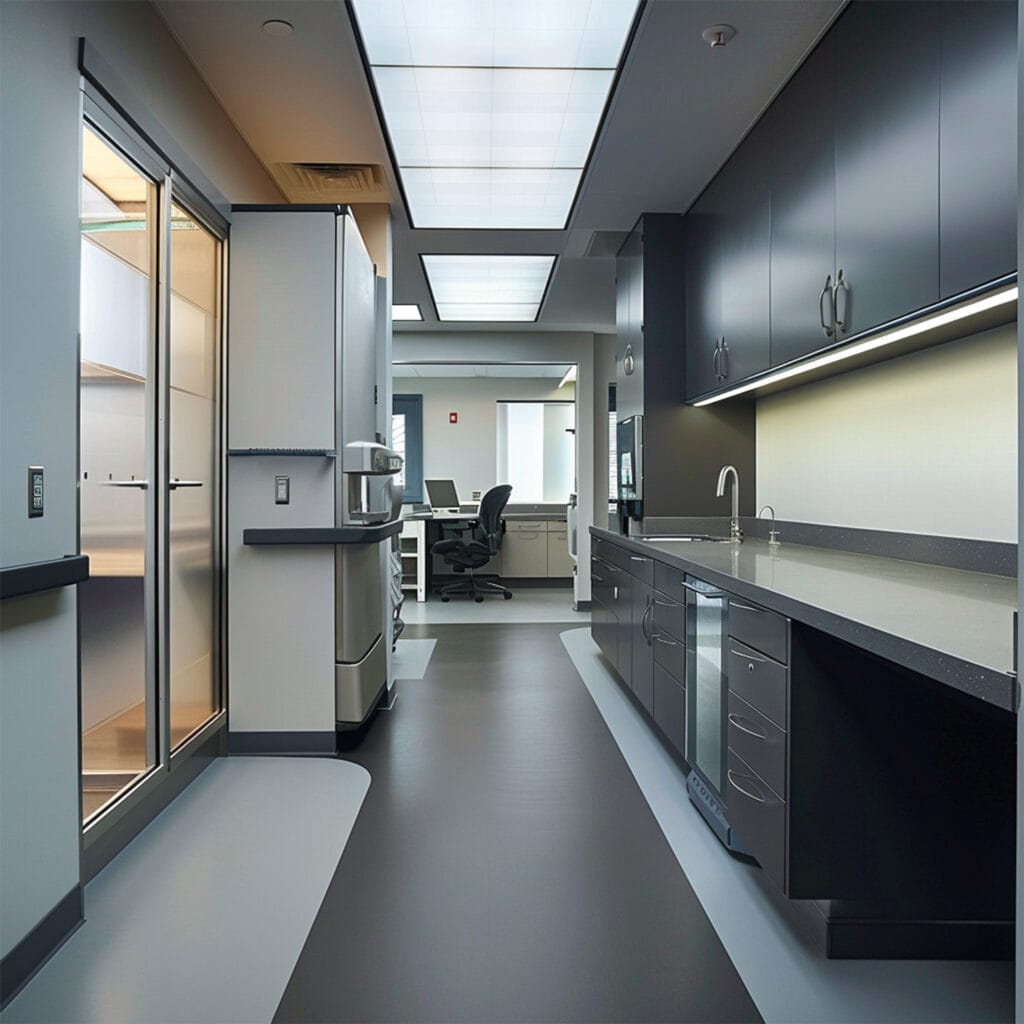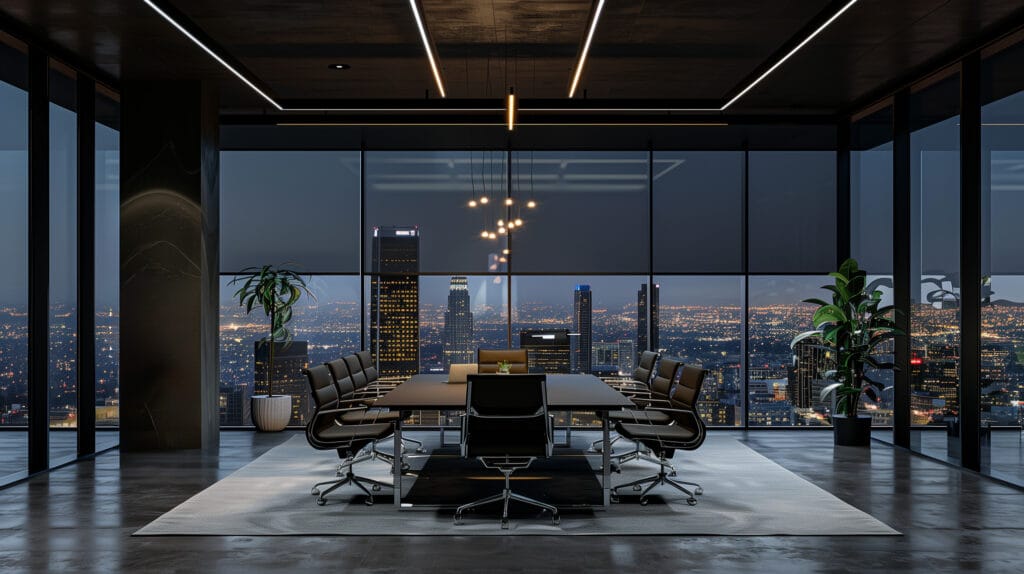Rubber
Product: Rubber

Rubber Flooring
Rubber flooring used to be made from a rubber tree, a 100% renewable resource. Today styrene-butadiene rubber (SBR), a general-purpose synthetic rubber, produced from a copolymer of styrene and butadiene is used for “rubber flooring” It is easy to install and maintain, is anti-static and provides effective sound insulation and vibration reduction. Rubber flooring is also resistant to fading and cigarette burns. Most rubber flooring is made from synthetic rubber, this is not a sustainable product.
Contemporary rubber flooring is known for its practical beauty. It balances function with aesthetics, safety with efficiency and short-term cost with lifetime return.
Rubber flooring comes in a wide array of colors, patterns and textures including marbleized and speckled patterns. Solids in a range of colors and textures and shapes.
The raised and textured patterns of some rubber tile allow dirt and water to drain off of the walking surface, increasing traction and improving slip resistance
Low profile versions of these kinds of rubber tiles are ideal for areas with small-wheeled vehicular traffic, such as retail stores, healthcare facilities, airport terminals and more.
Other kinds of rubber flooring are ideally suited for recreational purposes, they are well-conditioned to take on a rigorous workout or provide added walking comfort and slip-resistance. Designed for commercial, residential, industrial and fitness applications, this kind of flooring is recommended for play areas, golf shops, fitness centers, home gyms, daycares, ramps, locker rooms, ice arenas and retail flooring.


